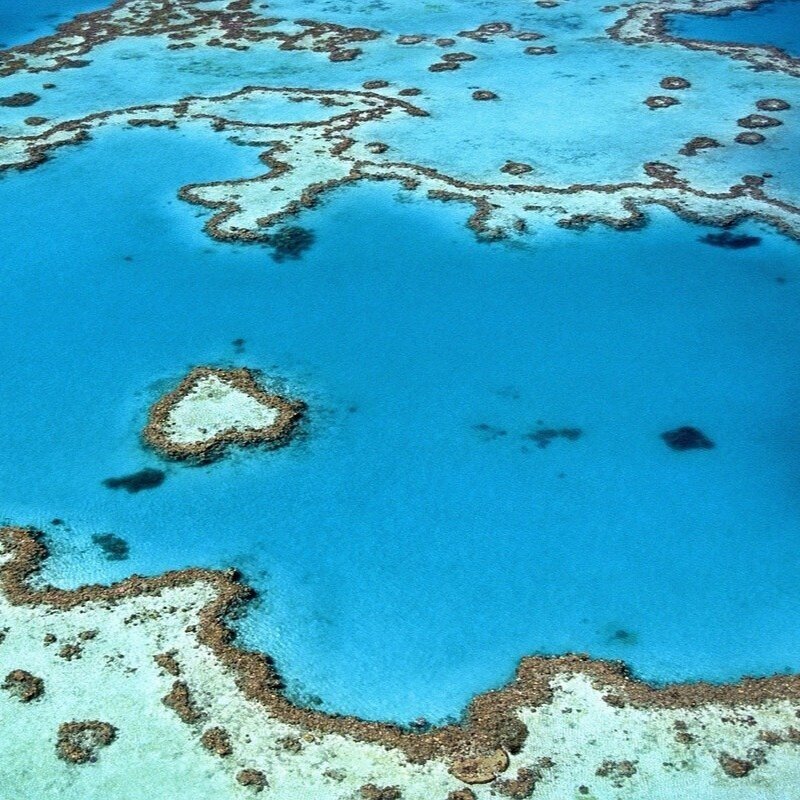ecosystems
Coral Reefs: The Rainforests of the Sea
Like tropical rainforests, coral reefs have a mind-boggling richness of life. In fact, coral reefs are among the most productive ecosystems on earth.
From the Coral Triangle to the Red Sea to the famous Great Barrier Reef, these epicentres of life support hundreds of marine animals at a vast array of different stages in their life cycles, such as juvenile fish looking for protection, or a wise old turtle returning for some pampering by cleaner wrasse.
Corals build hard skeletons made up of calcium carbonate which protect their fragile soft tissues, and are dependent on algae living inside their tissues to survive.
Learn about coral reefs by exploring our articles, watching our video on coral reefs, or downloading a free illustrated poster.
Contributors
Research: Heather Baxter and Rebecca Daniel.
Video: Editing and script by Duncan Fraser, voiceover by Inka Cresswell.
Footage: Inka Cresswell, Coral Gardeners, Cherie Bridges, Pedro Furtado, Peter Kragh, Dr. Peter Morse, Charles Sleddon-Plant, Blue Corner Dive, Katie Storr, SECORE International, Dimitri Chant, and Jacinta Shackleton.
Poster: Illustration by Bethany Morgan-Davis, watercolour by Erin Sheffield, graphic design by Janina Rossiter.
Open Ocean: The Big Blue
The open ocean (or pelagic zone) is the largest ecosystem on Earth, covering 64% of the ocean surface and 45% of the entire Earth’s surface. It’s classified as the areas away from the continental shelf and above the seafloor.
The open ocean is divided into 5 zones according to depth: Epipelagic, Mesopelagic, Bathypelagic, Abyssopelagic, & Hadopelagic. Floating about in the vastness of the open ocean are trillions of microscopic organisms. The open ocean is also home to the largest organism on the planet (the blue whale), who makes huge vertical migrations hundreds of metres deep in search of food.
Learn about the open ocean by exploring our articles, watching our video on the open ocean, or downloading a free illustrated poster.
Contributors
Research: Emma Williams and Rebecca Daniel.
Video: Editing and script by Hedvika Michnova, voiceover by Bianca Uyen.
Footage: Emma Williams, Alexander Semenov, Bianca Uyen, David Girsh, Dr. Peter Morse, Felicity Flashman, Greenpeace, Jenna Crowe-Riddel, John Wheeler, Karim Iliya, Marine Conservation Society, Natasha Ewins, Pedro Furtado, Dive Buddies for Life, Whale Watch Kaikoura, and Blue Ventures.
Poster: Illustration by Ruchi Mittal, graphic design by Janina Rossiter.
hydrothermal vents: Geysers of the Deep
The deep sea encompasses all oceanic waters deeper than 200m, where light begins to vanish. It makes up 95% of the Earth's liveable space, yet only 5% has been explored to this day!
Hydrothermal vents are a critical habitat in the deep sea. Occurring in areas of volcanic activity, they spew waters as hot as 400°C! They were only discovered in 1977, but are already threatened by human activities.
Learn about hydrothermal vents by exploring our articles, watching our video, or downloading a free illustrated poster.
Contributors
Research: Courtney Fox, Millie Parks, and Rebecca Daniel.
Video: Editing and script by Matt Couldwell, voiceover by Alannah Vellacott.
Footage: Conservation International, Nautilus Live, Ocean Network Canada, and Schmidt Ocean Institute.
Poster: Illustration by Connie Whiting, graphic design by Janina Rossiter.



